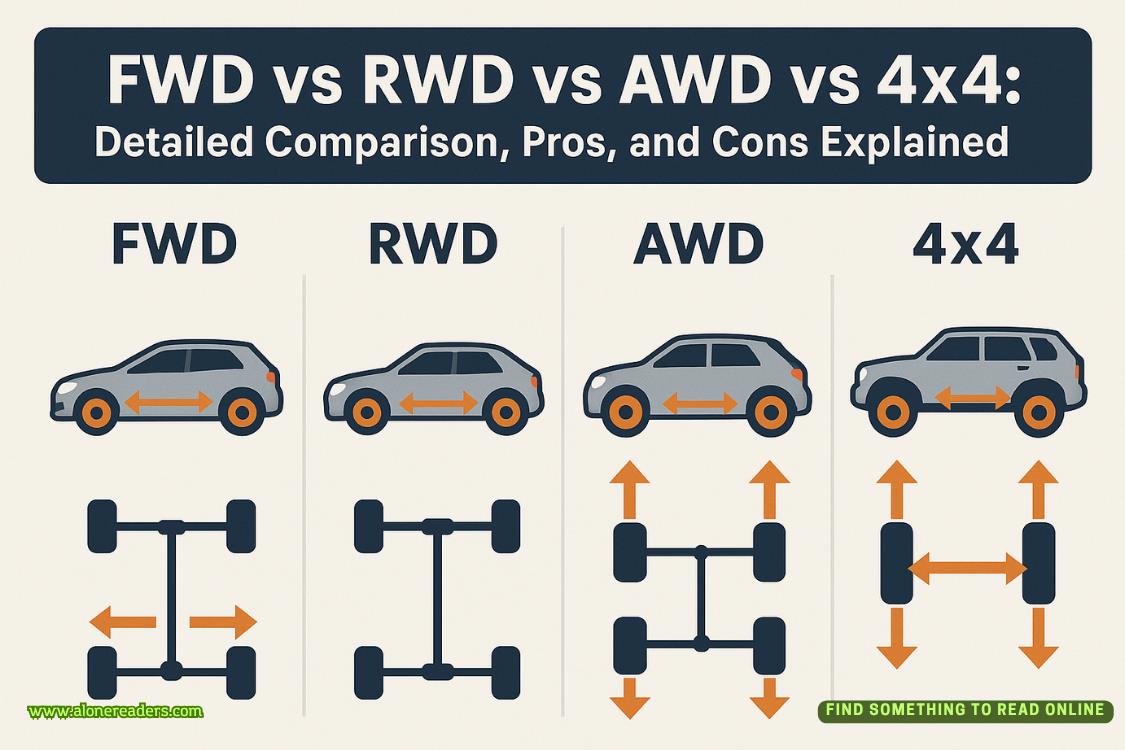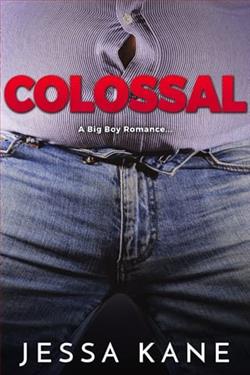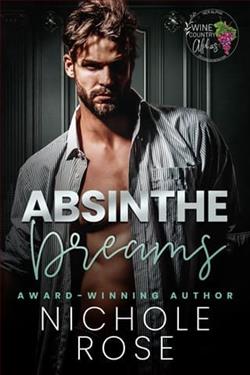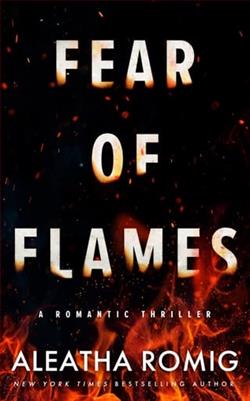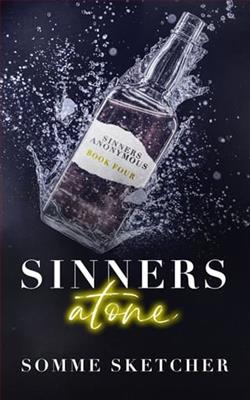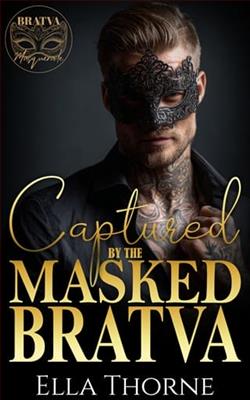Page 52 of The Attic on Queen Street
“Well, since I couldn’t find any Vanderhorsts who fit our parameters, I spread my search a bit and began looking for the names of nonfamily people associated with the property around the time of the fire and the earthquake.”
When she didn’t say anything, I prompted, “And did you find anything?” Someone really needed to talk with Yvonne about her need for drama when relaying information.
“I did! During the time of the great fire in 1861, the Vanderhorsts had a cook. Well, they had other servants, too, but I thought because ofthe headstone’s proximity to the kitchen house, this would be the best place to start....”
“And did her name begin with E?” I interrupted.
“No, it didn’t. Her name was Lucille. Her parents were enslaved and Lucille’s mother was the cook at the Vanderhorsts’ Magnolia Ridge Plantation. In 1847 Lucille was brought from Magnolia to work as the cook in the Tradd Street house, and John Vanderhorst manumitted Lucille and her parents a year later. I can’t find a birth date for Lucille, but from what I can gather with very sparse information, she would have been around eighteen or nineteen when she moved to Charleston.”
I bit back my impatience. “So who was E?”
“I’m getting to that.” She cleared her throat. “Lucille apparently had a husband at Magnolia.”
“And his name started with an E?”
“No. It didn’t. But when Lucille was brought to Charleston, her husband was left at Magnolia.”
“That’s terrible.”
“Agreed. But that’s not all.” She didn’t continue, and I imagined her holding her breath again, eyes sparkling as she tortured me, waiting for me to prompt her.
“And why is that, Yvonne?”
“Well, records for nonfamily members are scarce, but I did a little more digging into the Vanderhorst family archives, and you’ll never believe what I found! I think I was very clever to think of—”
“Yvonne,” I said, not caring if she could tell I was speaking through gritted teeth.
“Yes, sorry. It’s just so exciting when I find that elusive morsel! So, I knew I wouldn’t find anything in the genealogy records, so I did the next best thing and looked for the household records. It’s always amazing what one can find in old grocery lists and haberdashery invoices—”
“And what did you find?” I asked, cutting her off, my patience long gone.
“Invoices for baby supplies. A carriage, a cradle, feeding bottles—that sort of thing.”
“Well, that makes sense. John had a son, William.”
“Very good, Melanie! But William wasn’t born until 1860. These invoices dated from 1847—a good thirteen years earlier. Even more revealing is what I found on an invoice for a draper’s shop on Market Street.”
I sighed heavily into the phone, feeling too tired to guess. “And what was that, Yvonne?”
“Two yards of pink muslin and two strands of pale pink silk ribbon.”
I thought of Rebecca. “So someone liked to wear pink.”
“One would think—until you remember the styles of the period and how two yards of fabric wouldn’t make a complete dress for an adult woman.”
I sat up, flipping through the details in the filing drawer I called my brain. “So there was a baby girl born sometime in 1847?”
“Exactly! And not a Vanderhorst baby or she’d appear in the family tree. Not to mention how the family already owned an heirloom cradle and wouldn’t need a new one. Plus the items weren’t purchased at the most fashionable shops, nor were they of the best quality.”
“So Lucille may have been pregnant when she left her husband at Magnolia and came to work as the cook at Tradd Street?”
“Yes!” Yvonne shouted in triumph.
“And she had a baby girl with a name beginning with the letter E!”
“I was wondering when you were going to get there,” Yvonne said with reproach. “Guess how I found out the name.”
“Can you just tell me the name and save the story for later?”
